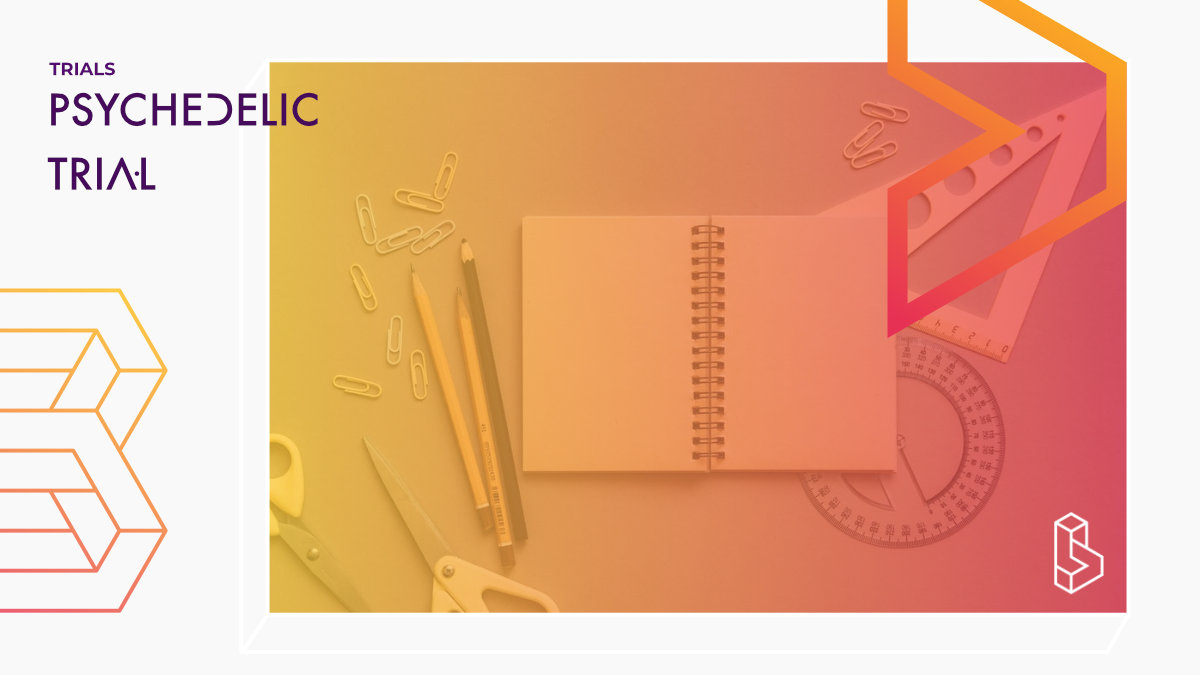In this proof of concept study, the investigators plan to administer iv ketamine interleaved with Electroconvulsion Therapy days.
Patients with treatment resistant depression who are deemed to be eligible for ECT treatment will randomly be assigned to either ketamine or active placebo.
Country United States of America
Visit trial
Trial Details
Trial Number
Sponsors & Collaborators
The Cleveland ClinicThis company doesn't have a full profile yet, it is linked to a clinical trial.
Measures Used
Hamilton Depression Rating ScaleThe Hamilton Depression Rating Scale (HDRS) is a multiple item questionnaire used to provide an indication of depression, and as a guide to evaluating recovery. The scale consists of 17 items which each item being scoring on a 3 or 5 point scale. The higher the score, the more likely a person is depressed.
Montgomery-Asberg Depression Rating Scale
A ten-item diagnostic questionnaire used to measure the severity of depressive symptoms in patients with mood disorders.

